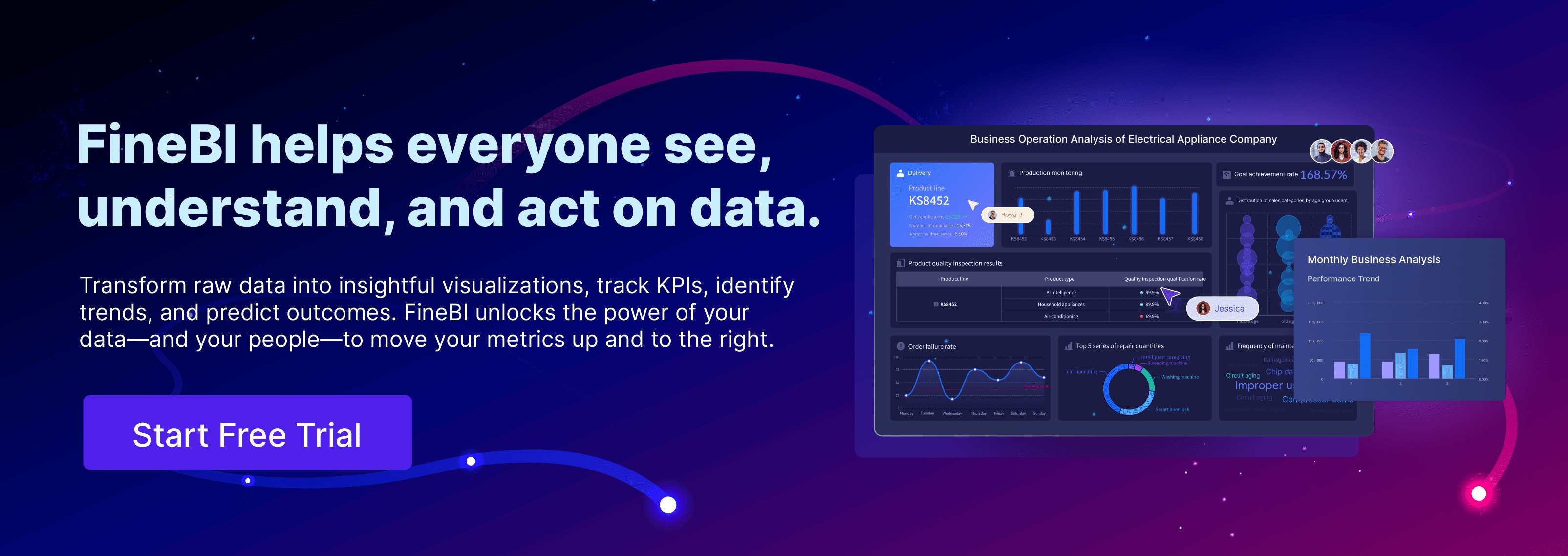

A data platform brings all your business data together, making it accessible and actionable. You use a data platform to connect information from different systems, so you can analyze trends, spot opportunities, and make informed decisions.
Without a unified approach, you risk missing out on real-time insights, personalized customer experiences, and efficient operations. Many companies struggle with fragmented data, leading to delayed decisions, operational inefficiencies, and lost revenue. Imagine trying to understand your customers or optimize processes when your data sits in silos—this challenge holds back growth and innovation.
Why a Data Platform Matters
Data-Driven Business Needs
You need a data platform to meet the demands of modern business. Companies today rely on accurate and relevant data to make informed decisions and understand customer needs. When you use a data platform, you gain access to primary data that supports personalized marketing strategies. This approach helps you build stronger customer relationships and improve business outcomes. Recent industry surveys show that organizations prioritize data for its ability to deliver actionable insights and drive growth.
A data platform supports your efforts to stay competitive. Trends show that businesses are adopting AI and machine learning for data analytics. Many organizations use natural language processing to broaden data sources and improve market understanding. Edge computing allows for real-time analytics, especially in industries like IoT and manufacturing. Cloud-based platforms offer scalability and cost-efficiency, making advanced data analytics accessible to more companies. Data democratization is also a key focus, helping teams collaborate and make better decisions.
Note: Investing in a data platform gives you the tools to unlock data-driven insights and respond quickly to market changes.
Overcoming Data Silos
Data silos create barriers that slow down your business. When data is isolated in different systems, you face operational inefficiencies and poor decision-making. Incomplete analytics limit your ability to personalize customer experiences and use AI models effectively. For example, if your customer service team cannot access shipping data, response times increase and customer satisfaction drops.
A data platform helps you overcome these challenges. You can make data easily searchable, integrate information from multiple systems, and manage data in real time. Data virtualization creates a logical layer that connects fragmented data, while a central data marketplace promotes sharing and collaboration. DataOps teams encourage unified data management, reducing fragmentation and improving performance.
Effective decision-making depends on comprehensive and accurate data. A data platform ensures you avoid risks like data loss, regulatory non-compliance, and operational downtime. You protect your business from security breaches and costly errors by centralizing and validating your data.
What Is a Data Platform

A data platform is a comprehensive business solution that brings together various tools and technologies to manage all your data in one place. You use a data platform to simplify how you collect, prepare, store, and analyze information. Unlike traditional data management systems, which often focus on storing structured data from specific sources, a modern data platform handles both structured and unstructured data from many origins. This flexibility allows you to support both day-to-day operations and advanced analytics, making your organization more agile and responsive.
A data platform stands out because it integrates every step of the data journey. You can ingest data from multiple sources, transform it into usable formats, store it securely, and generate valuable insights. Modern data platforms use cloud-native architecture, which means you can scale your storage and processing power as your needs grow. This approach helps you keep up with the demands of digital transformation and ensures your business remains competitive.
Core Functions of a Data Platform
A data platform delivers several essential functions that help you unlock the full value of your data. Each function plays a unique role in turning raw information into actionable insights. The table below summarizes the most widely recognized core functions:
| Core Function | Description |
|---|---|
| Data Storage and Processing | Ensures data is accessible, securely stored, and processed for analysis using cloud storage and distributed databases. |
| Data Ingestion | Manages changing data loads with validation mechanisms to ensure data accuracy and reliability. |
| Data Transformation and Modeling | Converts raw data into a consumable format and defines its structure for analysis, improving usability. |
| Business Intelligence (BI) and Analytics | Presents data through dashboards and reports for strategic planning and operational decisions. |
| Machine Learning and AI | Integrates advanced analytics and automation to uncover patterns and optimize operations. |
You rely on these core functions to make sure your data platform supports every stage of the data lifecycle. Data storage and processing give you a secure foundation. Data ingestion lets you bring in information from many sources, while transformation and modeling make it ready for analysis. Business intelligence and analytics tools help you visualize trends and make informed decisions. Machine learning and AI add another layer, allowing you to predict outcomes and automate processes.
Note: A robust data platform enables you to move quickly from raw data to valuable insights, supporting both operational and strategic goals.
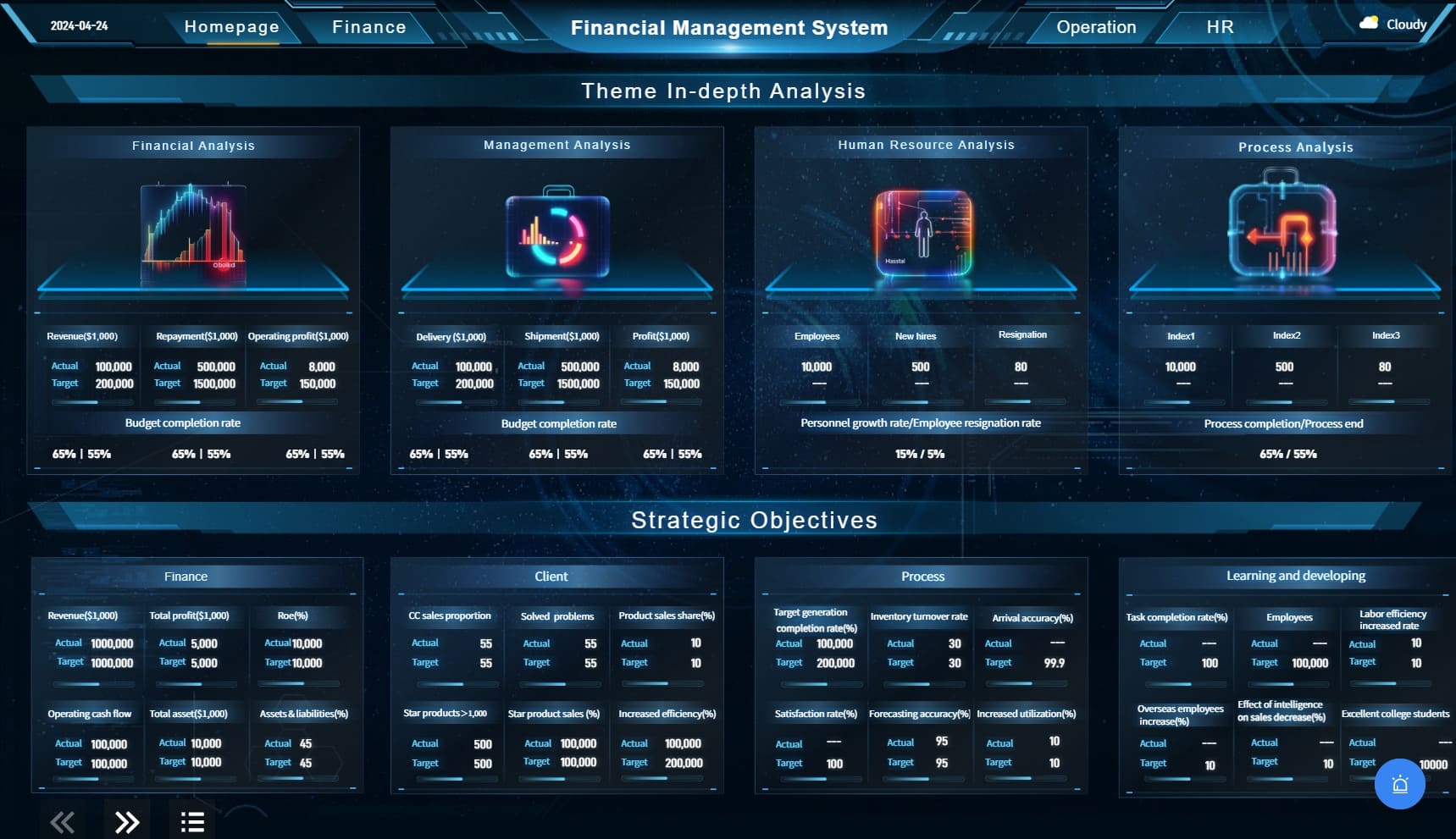
Key Components of a Data Platform
A successful data platform includes several key components that work together to manage your data efficiently. Each component has a specific purpose, and together they create a seamless experience for users across your organization.
| Component | Description | Interaction |
|---|---|---|
| Infrastructure | Includes storage, compute, network, and security. | Forms the physical foundation of the data platform. |
| Data Management | Oversees metadata, data quality, master data, and lifecycle processes. | Ensures data integrity and quality throughout its lifecycle. |
| Processing | Supports both batch and real-time analytics. | Transforms raw data into insights, enabling timely decision-making. |
| Access | Provides APIs, query tools, and self-service access. | Enables users to retrieve data securely and efficiently. |
| Integration | Handles ETL/ELT processes. | Ensures seamless data connectivity across various sources. |
| Governance | Maintains data quality and compliance. | Ensures that data adheres to regulatory standards and organizational policies. |
| Operations | Optimizes platform performance and ensures smooth functioning. | Supports the overall efficiency and reliability of the data platform. |
| Data Lifecycle | Comprises ingestion, storage, processing, serving, and archival. | Represents the complete journey of data from collection to actionable insights. |
You can think of these components as building blocks. Infrastructure provides the hardware and security. Data management ensures your information stays accurate and reliable. Processing tools let you analyze data in real time or in batches. Access features give your team the ability to retrieve and use data when needed. Integration connects all your sources, while governance keeps everything compliant and secure. Operations maintain performance, and the data lifecycle covers every step from ingestion to archival.
To help you visualize how these components interact, consider this simplified list:
- Data sources generate information.
- Ingestion and transport collect and move data into the platform.
- Storage keeps your data safe and accessible.
- Query and processing tools analyze the information.
- Transformation converts raw data into structured formats.
- Analysis and output deliver insights to end-users.
- Metadata management ensures governance and quality.
A well-designed data platform brings all these elements together. You gain a unified system that supports data analytics, reporting, and decision-making. This approach helps you break down silos, improve data quality, and respond faster to business challenges.

How Data Platform Works
Data Integration and Processing
A data platform brings together information from many sources, making it possible for you to analyze and use your data effectively. When you use a data platform, you start by identifying the need for combined data. You then determine which sources hold the information you require. The next step involves extracting data in its native format and combining it into a single dataset. This process often includes cleansing and normalizing the data to ensure accuracy and consistency.
Integrating data from multiple sources removes manual barriers and helps you uncover hidden insights. This approach increases efficiency and drives innovation within your organization. However, you may face challenges such as data quality issues, diverse data formats, and organizational silos. These problems can lead to inaccuracies and make integration complex. For example, different departments might use unique standards, causing interoperability issues. As your organization grows, scalability and performance limitations can also arise.
To address these challenges, a data platform uses automated validation, data profiling, and continuous monitoring. These features help maintain data quality and consistency. Data integration platforms support various protocols and use cloud-based connectors for real-time updates. Proactive management identifies exceptions before they affect your business decisions. This unified approach ensures your data remains reliable and ready for analysis.
Visualization and Insights with FineBI
Once your data platform has integrated and processed your data, you need tools to turn information into actionable insights. FineBI offers a comprehensive solution for this stage. You can manage datasets efficiently and edit data with user-friendly tools. FineBI provides advanced analytical functions and a wide range of visualization options.
With FineBI, you can perform multi-dimensional exploratory analysis. The platform automatically recognizes dimensions and indicators, allowing you to dig deeper into your data. You have access to various chart types, based on established visualization principles, which support limitless analysis options. FineBI enables you to merge analytic data into unified dashboards with customizable layouts and components.
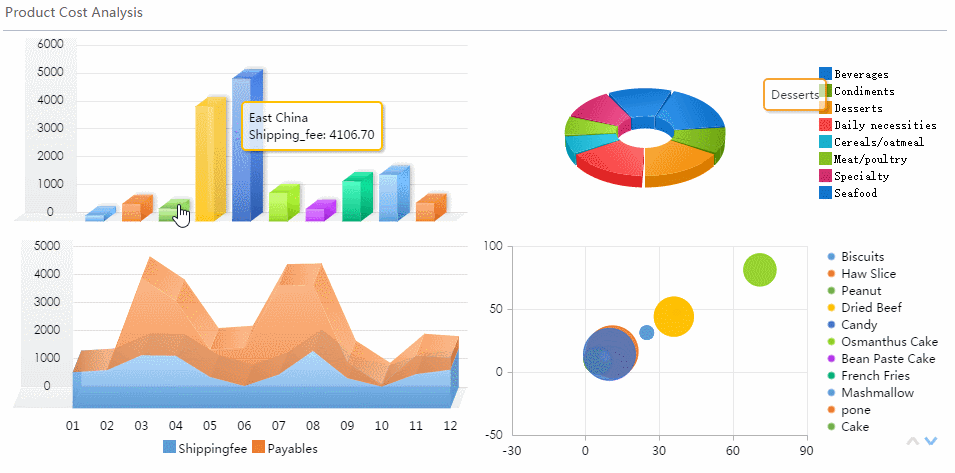
Collaboration is another key feature. FineBI allows you to share dashboards and insights with your team, promoting better decision-making. The platform supports real-time data updates, so your analytics always reflect the latest information. By using FineBI within your data platform, you empower your organization to make informed decisions quickly and confidently.
Benefits of a Data Platform
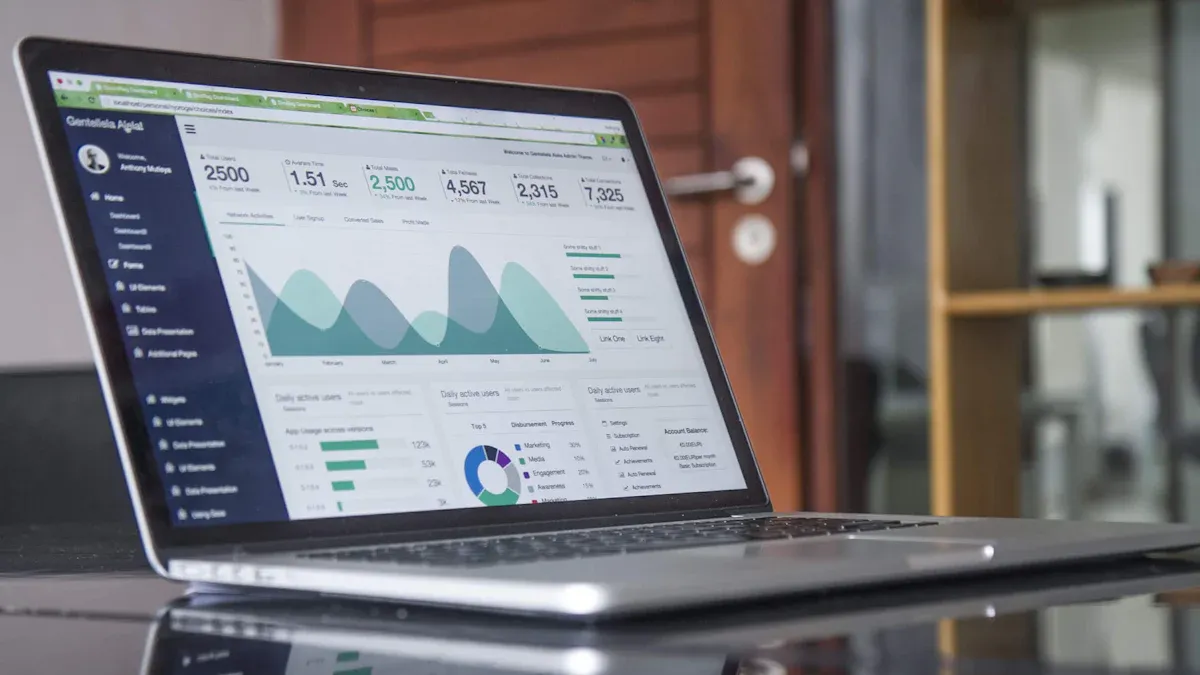
Better Decisions
A data platform gives you the foundation to make better decisions every day. When you bring all your data together, you see the full picture of your business. You no longer rely on guesswork or incomplete reports. Instead, you use accurate, up-to-date information to guide your choices. This approach leads to faster and more confident decision-making.
You can see the measurable improvements in organizations that use a data platform:
| Improvement Type | Measurable Result |
|---|---|
| Operational Efficiency | 30% boost |
| Decision-Making Time Reduction | 70% reduction |
| Market Response Time | 50% improvement |
A data platform helps you reduce the time it takes to make data-driven decisions by up to 70%. You also improve your ability to respond to market changes by 50%. Teams across your company become more data literate, work together more effectively, and spot opportunities that were previously hidden. You gain insights that help you understand trends, customer needs, and business risks.
Note: When you use a data platform, you empower every department to access the same reliable information. This shared view supports collaboration and ensures everyone works toward the same goals.
Efficiency and Scalability
A data platform transforms how you manage and use data. You streamline processes and automate repetitive tasks, which boosts productivity. You no longer spend hours cleaning or reconciling data. Instead, you focus on strategic work that drives your business forward.
- Data platforms automate tasks like billing and client communications, freeing your team to focus on higher-value activities.
- You gain unified access to data across departments, which reduces operational costs and improves decision-making.
- Automation and integration help you avoid errors and delays, making your business more efficient.
Scalability is a key advantage of a modern data platform. As your business grows, your data platform grows with you. You can handle increasing volumes and complexity without losing performance. The platform adapts to new data sources and changing business needs. This flexibility ensures you stay competitive in a fast-moving market.
- A data platform scales alongside your business, supporting more users and larger datasets.
- You access reliable metrics quickly, which helps you adjust campaigns and strategies in real time.
- The platform transforms raw data into actionable insights, making it easy to monitor performance and report results.
A data platform manages the transformation and enrichment of raw data, so you always work with clear and reliable metrics. This capability lets you focus on what matters most—growing your business.
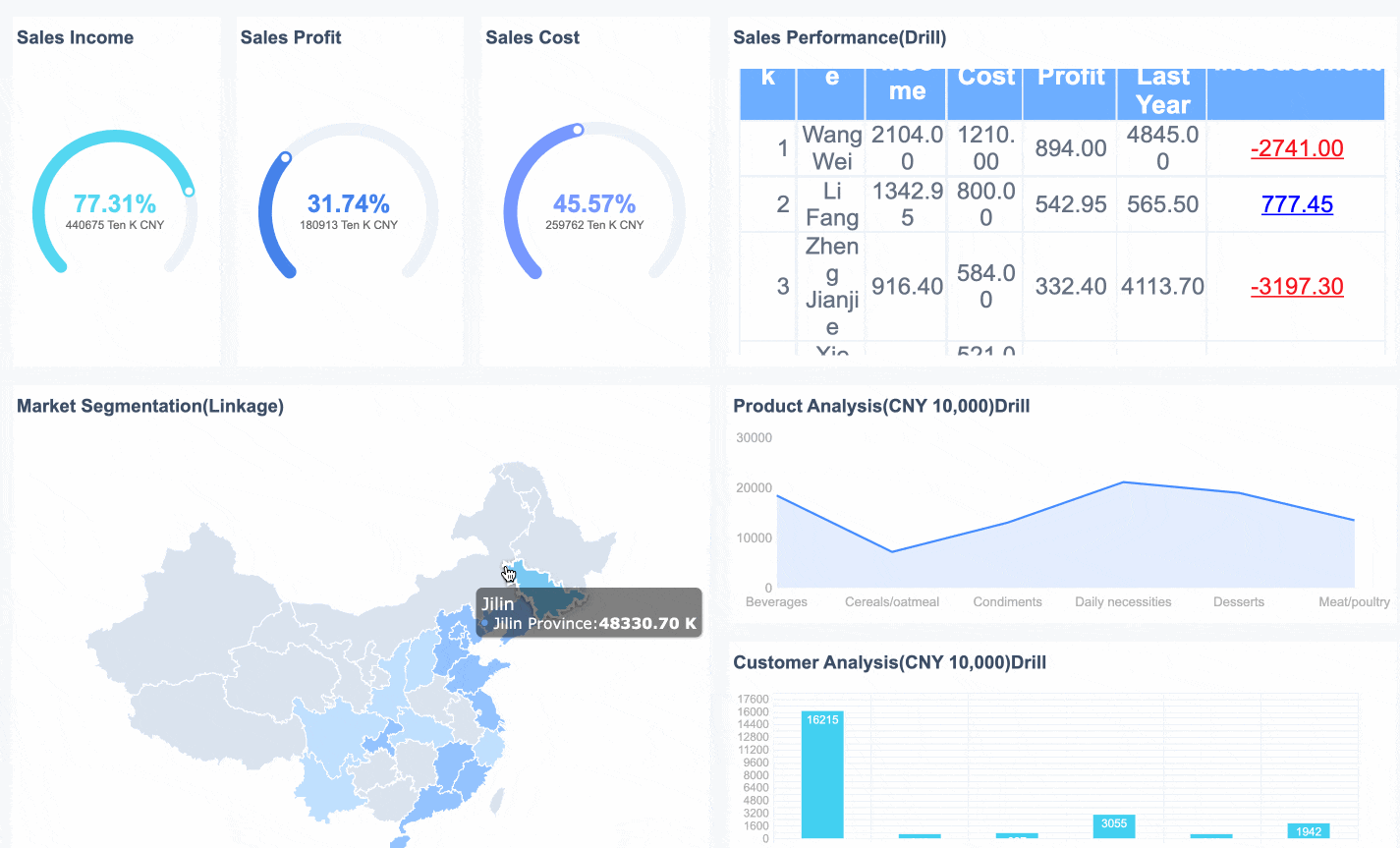
Real-World Impact
You see the real-world impact of a data platform in many industries. Companies use data platforms to improve efficiency, enhance customer experiences, and drive innovation. Here are some examples:
| Company | Impact Description |
|---|---|
| Coffee Giant | Processes 90 million transactions a week, using big data for marketing and sales. |
| Online Entertainment Company | Leverages business intelligence from 148 million subscribers. |
| Coca Cola | Invests in analytics and AI for strategic business decisions. |
| Amex GBT | Operates in over 120 countries, using data for travel and meetings management. |
You can also look at the experience of NTT DATA Taiwan. The company partnered with FanRuan to build a unified data platform that integrated systems like ERP, POS, and CRM. This solution allowed teams to visualize data, perform self-service analysis, and make informed decisions at every level. As a result, NTT DATA Taiwan improved operational efficiency, empowered employees, and supported sustainable growth.
When you use a data platform like FineBI, you gain several unique advantages:
| Advantage | Description |
|---|---|
| Easy Drag-and-Drop Operation | You create actionable reports quickly, even without technical expertise. |
| Real-Time Calculation | You base decisions on the latest data, thanks to real-time processing. |
| Advanced Data Visualization | You design customizable dashboards that fit your business needs. |
A data platform also delivers both tangible and intangible cost savings. You reduce expenses for hardware, software, and training. At the same time, you improve decision-making, reduce errors, and increase staff satisfaction. These benefits help you achieve long-term business goals.
When you invest in a data platform, you set your business up for success. You gain the tools to adapt, grow, and lead in your industry.
Implementing a Data Platform
Assessing Needs
To implement a data platform successfully, you need to start by understanding your business requirements. Begin by identifying the use cases you want to enable. This step helps you determine which data you need to collect and analyze. Next, conduct a thorough audit of your existing data sources, such as CRM, marketing automation, and social media platforms. Assess the quality of your data by checking for accuracy, completeness, and consistency. Evaluate how accessible your data is across teams to identify and eliminate silos. Make sure all relevant data is integrated for a comprehensive view. Address any data quality issues before integration to support reliable decision-making. Facilitate accessibility across departments to enhance collaboration.
Choosing the Right Solution (FineBI)
Selecting the right data platform involves careful evaluation. Consider the following criteria:
| Criterion | Why It Matters | What To Look Out For |
|---|---|---|
| Performance | Fast queries improve productivity. | Features like indexing and materialized views. |
| Timeliness | Timely data is essential for effective decisions. | High ingestion speed and support for mutable data. |
| Scalability | Your platform must handle growth in data and users. | Ability to scale storage and query engines independently. |
| Operational Efficiency | Simple systems reduce administration costs. | Unified architecture supporting both batch and real-time analytics. |
| Cost Effectiveness | Lower costs benefit your organization. | Efficient resource use and flexible pricing models. |
FineBI stands out by offering streamlined integration, high performance, and strong scalability. You can connect to many data sources and use self-service tools to prepare and visualize your data.
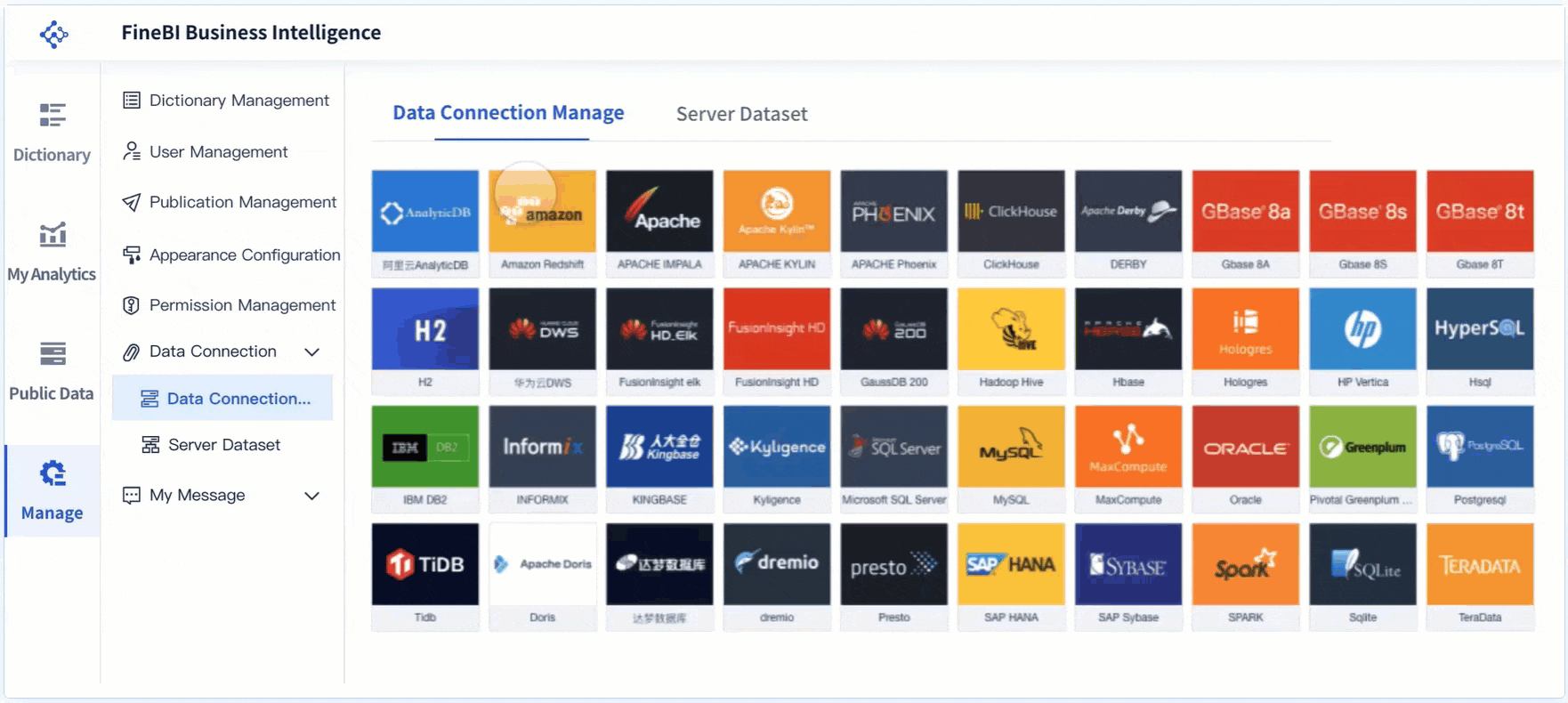
Best Practices
When you implement a data platform, follow these best practices:
- Start with a pilot project to test your approach and gather feedback.
- Engage stakeholders early to ensure the platform meets their needs.
- Prioritize high-quality data for reliable insights.
- Automate processes where possible to improve efficiency.
- Regularly review and optimize platform performance.
- Provide ongoing training to keep users informed and confident.
- Establish a flexible data governance framework to manage data responsibly.
- Foster a data-driven culture to encourage effective use of data.
- Implement robust security and privacy measures.
FanRuan’s methodology supports you with features like data alerts, real-time monitoring, and customizable notifications. FineBI offers comprehensive support, including help documents, training videos, and certification programs. After implementation, continue to optimize your data platform by monitoring performance, providing training, and learning from past experiences. This approach ensures your data platform delivers lasting value and actionable insights.
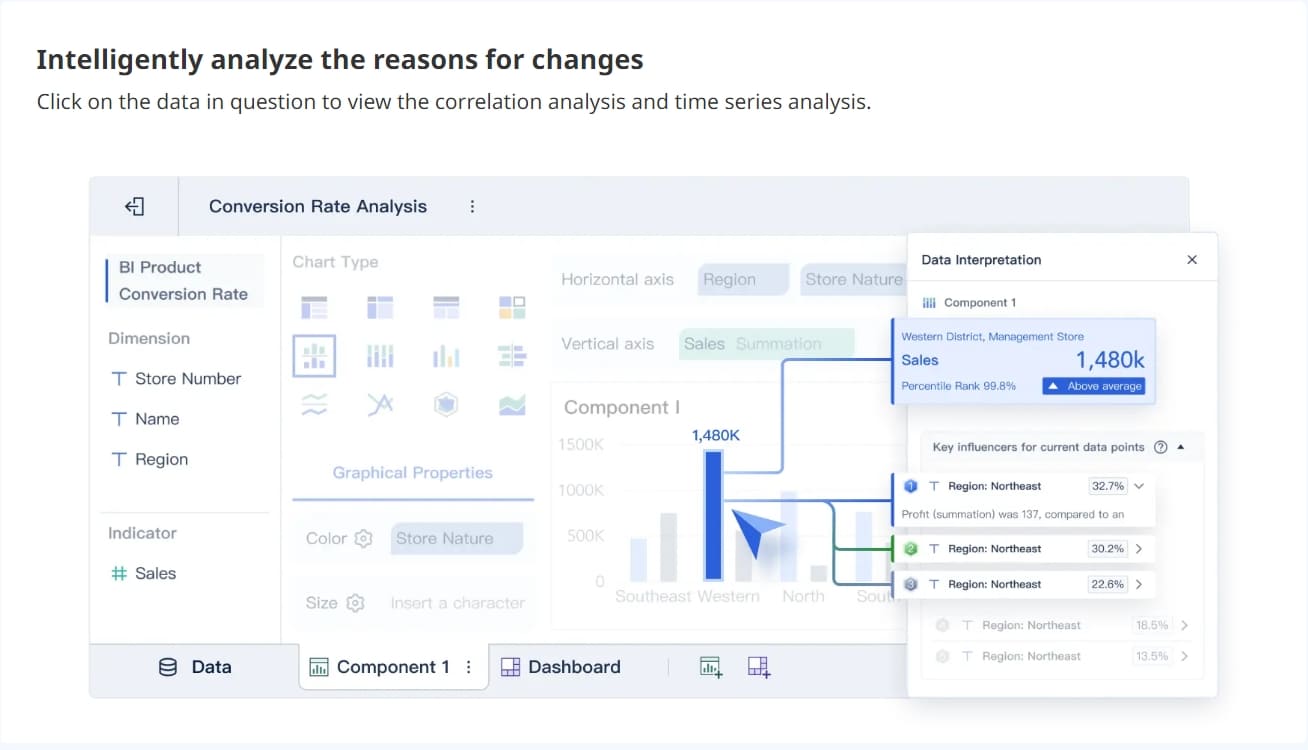
A data platform is essential for modern business success. You gain a unified view of your data, break down silos, and enable real-time analytics. The table below highlights why a unified data platform matters:
| Benefit | Description |
|---|---|
| Breaking Down Data Silos | Provides a holistic view of data |
| Enhanced Data Governance | Ensures quality and compliance |
| Real-Time Analytics | Delivers faster, more agile decision-making |
| Scalability and Flexibility | Handles growing data volumes and complex analytics |
You improve customer experiences, boost efficiency, and unlock data-driven insights. Evaluate your data needs and explore FineBI for expert services, digital transformation, and cloud migration. Start your journey with a trial or consultation to see the impact for yourself.
FanRuan
https://www.fanruan.com/en/blogFanRuan provides powerful BI solutions across industries with FineReport for flexible reporting, FineBI for self-service analysis, and FineDataLink for data integration. Our all-in-one platform empowers organizations to transform raw data into actionable insights that drive business growth.
FAQ
A data platform is a unified system that helps you collect, store, process, and analyze information from different sources. You use it to make your business data accessible and actionable.
You gain a complete view of your business when you use a data platform. This helps you make faster, more accurate decisions based on reliable information.
You can connect databases, cloud services, spreadsheets, and APIs to a data platform. This integration lets you analyze all your data in one place.
You control access and permissions with a data platform. Security features protect sensitive information and help you meet compliance standards.
Many data platforms offer user-friendly interfaces. You can prepare and visualize data without advanced technical skills, making analysis easier for everyone.


